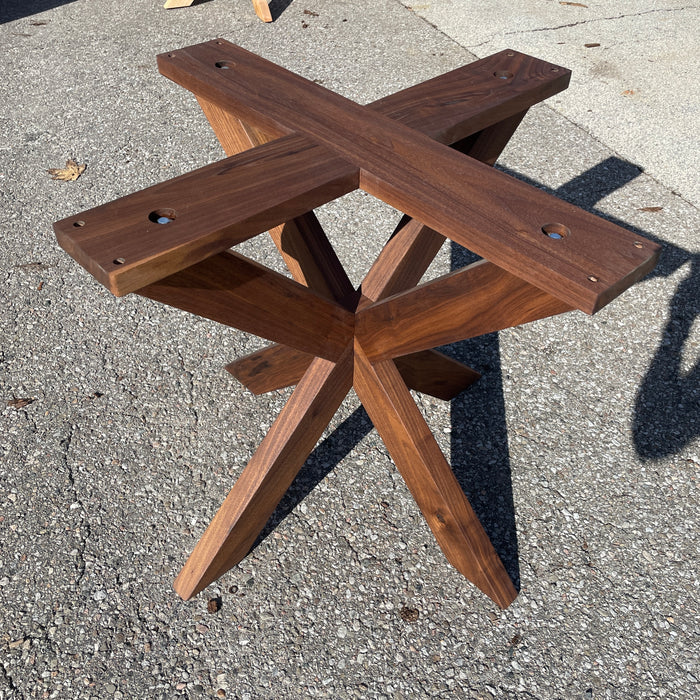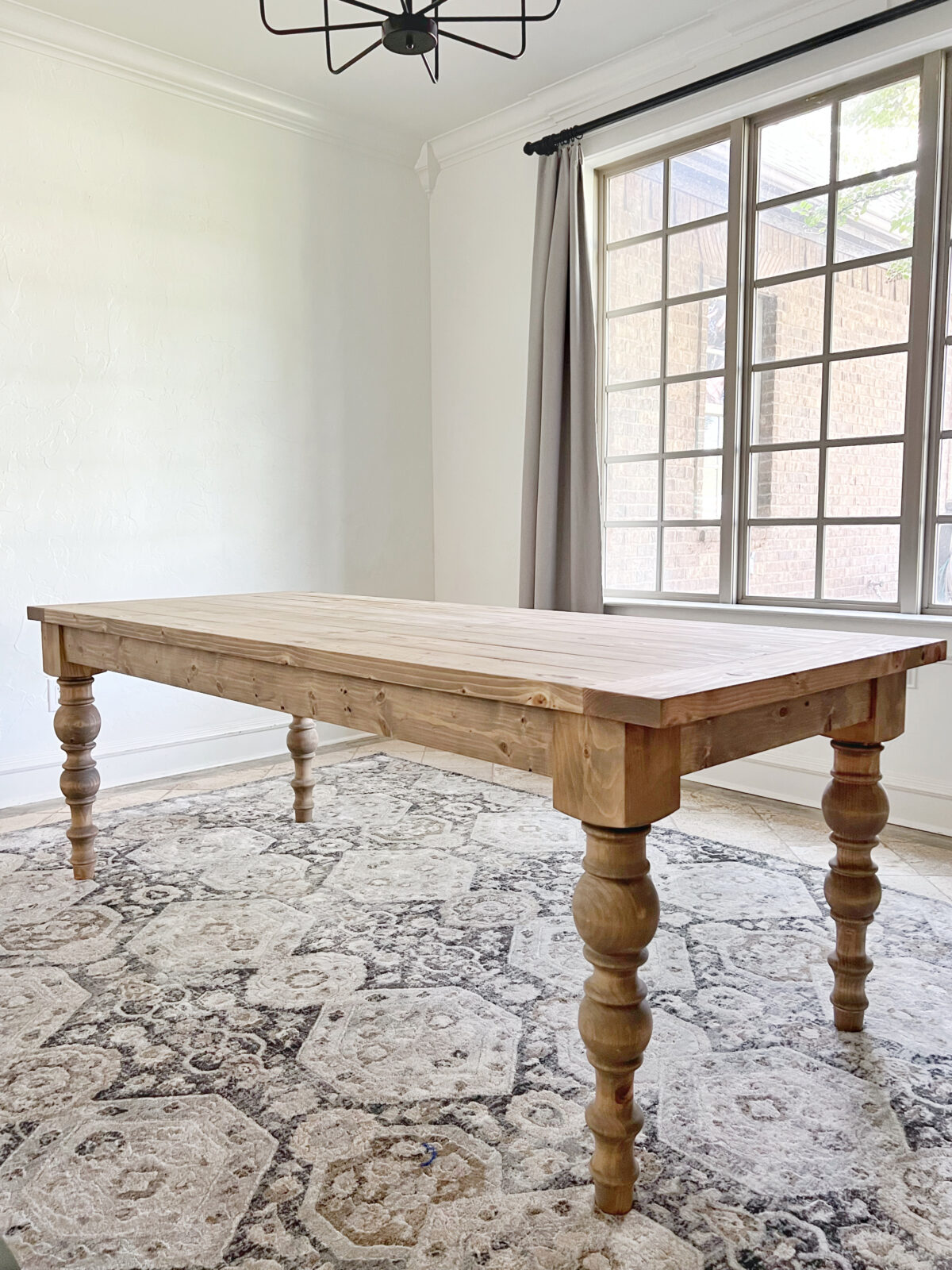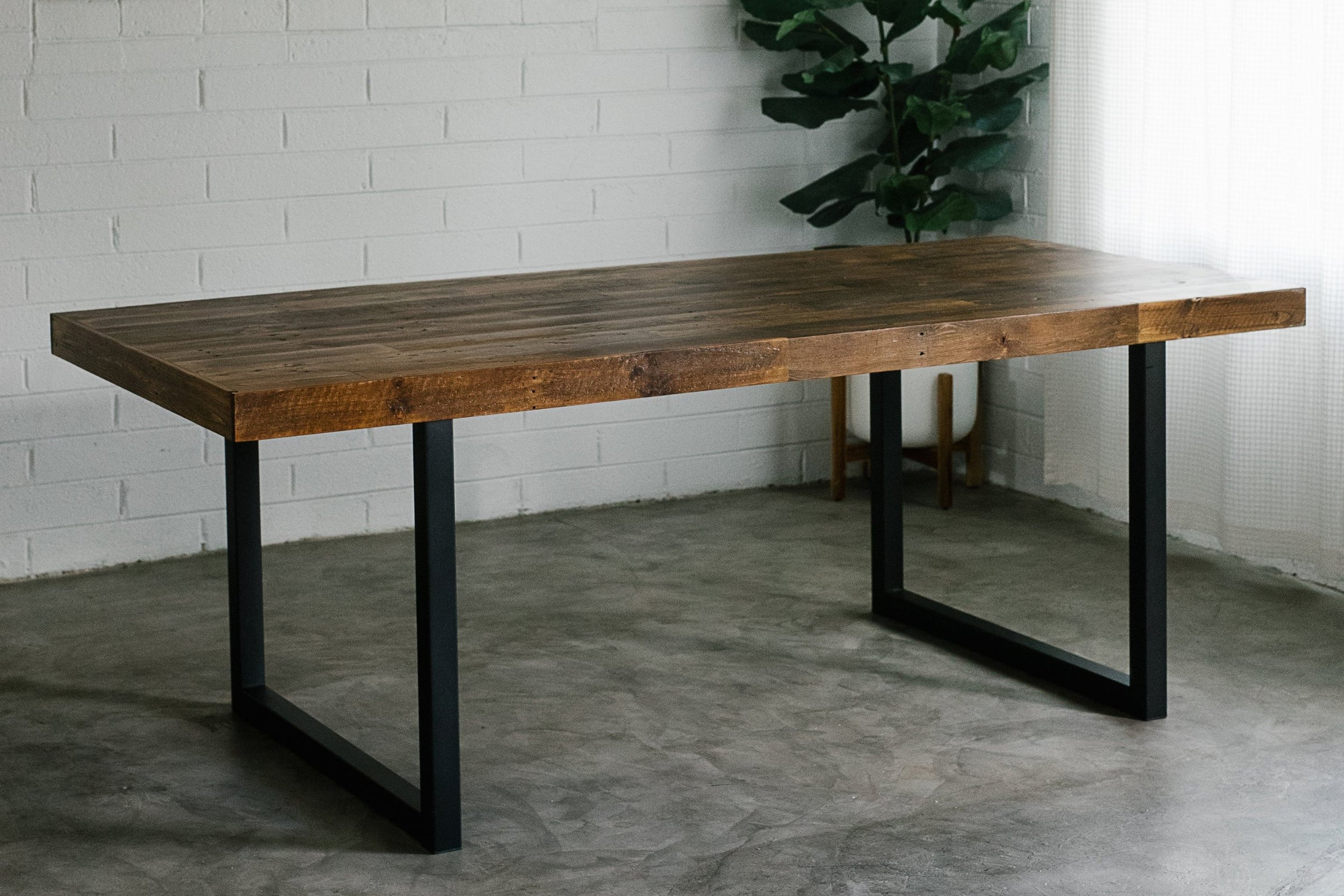Discover Classic Charm in Handcrafted Dining Table Legs Wood Selections
Discover Classic Charm in Handcrafted Dining Table Legs Wood Selections
Blog Article
Discovering the Different Kinds Of Table Legs Timber for Your Eating Area
The selection of dining table legs timber can greatly affect both the useful and visual top qualities of your dining area. Strong timber alternatives, such as oak and walnut, give a traditional look with unparalleled resilience, while crafted timber alternatives offer innovative designs that simulate the splendor of natural grains.
Strong Timber Options

In addition, solid timber is renowned for its stamina and longevity. Unlike engineered products, strong timber is much less susceptible to warping and damage gradually when correctly maintained. This makes it an excellent option for family members or those that regularly host celebrations. Each item of solid wood is one-of-a-kind, showcasing individual features that contribute to the appeal and character of the dining table.
In addition, strong timber can be ended up in numerous means, ranging from natural oils to discolored surfaces, allowing house owners to customize their furnishings to match their decoration. In summary, picking solid wood for dining table legs not just makes certain architectural honesty yet also boosts the aesthetic allure of the dining location, making it a rewarding financial investment for any kind of home.
Engineered Timber Alternatives

Plywood, built from several layers of timber veneer, is particularly strong and stable, making it an excellent choice for dining table legs. Its layered composition permits it to endure changes in moisture and temperature better than standard strong timber. MDF, on the various other hand, provides a smooth surface area for painting or veneering, enabling designers to accomplish a refined appearance while maintaining structural honesty.
Particleboard, frequently utilized in budget-friendly choices, provides suitable toughness and is lightweight, making it easier to deal with. It might not be as resilient as plywood or MDF. It is essential to take into consideration the intended use and preferred visual when picking engineered wood options. These products not only enhance the functionality of dining spaces however likewise permit for higher layout flexibility, making certain that traditional and contemporary styles can exist together harmoniously.
Reclaimed Timber Includes
Redeemed timber uses a special blend of sustainability and personality, making it an increasingly preferred option for dining table legs. Sourced from old barns, manufacturing facilities, and various other frameworks, reclaimed timber embodies a background that brand-new materials simply can not duplicate. Each item carries its own story, noted by distinctive flaws, knots, and differing grain patterns, which contribute to a table's one-of-a-kind visual charm.
Along with its aesthetic charm, reclaimed timber is an environmentally friendly choice. By repurposing formerly utilized products, it reduces the need for brand-new lumber, therefore aiding to lessen and save forests waste. This lines up with a growing customer preference for lasting methods in home furnishings.
Additionally, reclaimed timber is commonly extra long lasting than recently gathered wood because of its age. The natural drying out process that recovered timber goes through cause a denser and stronger product, making it much less vulnerable to bending and splitting. This enhances the durability of dining tables, permitting them to hold up against the rigors of day-to-day use.
Softwood vs. Hardwood
When picking dining table legs, understanding the distinctions in between softwood and wood is critical for attaining both aesthetic and functional goals. They usually display a more rustic look, making them ideal for country-style or laid-back dining rooms.
On the various other hand, woods, sourced from deciduous trees like cherry, oak, and maple, are renowned for their thickness, toughness, and resilience. The complex grain patterns and rich colors of hardwoods provide a innovative and timeless appeal, making them perfect for formal dining settings. While woods have a tendency to be a lot more pricey and larger, their strength against wear and tear frequently justifies the financial investment.
Inevitably, the option between softwood and wood for dining table legs need to align with your layout vision, use requirements, and budget, making sure that your dining space reflects your individual design while continuing to be functional over time.

Surfaces and Treatments
The visual appeal and longevity of eating table legs can be dramatically enhanced via numerous surfaces and therapies. These procedures not only secure the wood from damages however likewise raise its look, allowing it to match diverse interior designs.
One common treatment is staining, which permeates the timber and improves its all-natural grain while including color. Stains supply a rich, elegant look, enabling Find Out More home owners to match their furnishings with existing decoration. On the other hand, clear finishes such as polyurethane or varnish create a safety layer without changing the timber's initial color, making certain sturdiness versus deterioration.
Additionally, all-natural oils, like tung or linseed oil, nurture the wood and offer a refined sheen, all while being environment-friendly. These oils allow the surface area to take a breath, preventing dampness accumulation and possible bending.
For those seeking a rustic appeal, weathered or distressed coatings can be related to create an aged appearance, adding personality to the piece. Eventually, the choice of treatments and finishes relies on individual preference, desired visual appeals, and the specific timber kind, making it vital to consider these aspects when picking table legs for your area.
Conclusion
In conclusion, the selection of eating table leg materials dramatically influences both the aesthetic and practical elements of a dining room. Solid woods, crafted choices, and recovered choices each offer distinctive benefits, accommodating different preferences and requirements. Understanding the distinctions between hardwoods and softwoods, in addition to appropriate finishes and treatments, enables notified decision-making. Inevitably, the choice of timber kind ought to align official source with preferred style, toughness, and ecological considerations, improving the general dining experience.
The choice of eating table legs timber our website can greatly influence both the visual and functional top qualities of your dining area - Dining Table Legs Wood. Strong wood options, such as oak and walnut, offer a traditional appearance with unmatched longevity, while crafted wood options provide ingenious styles that simulate the splendor of natural grains. Strong timber offers a timeless top quality that can boost the general style of a dining space. Each piece of strong timber is one-of-a-kind, showcasing private characteristics that add to the charm and character of the eating table
In addition, redeemed timber is often extra durable than newly harvested timber due to its age.
Report this page